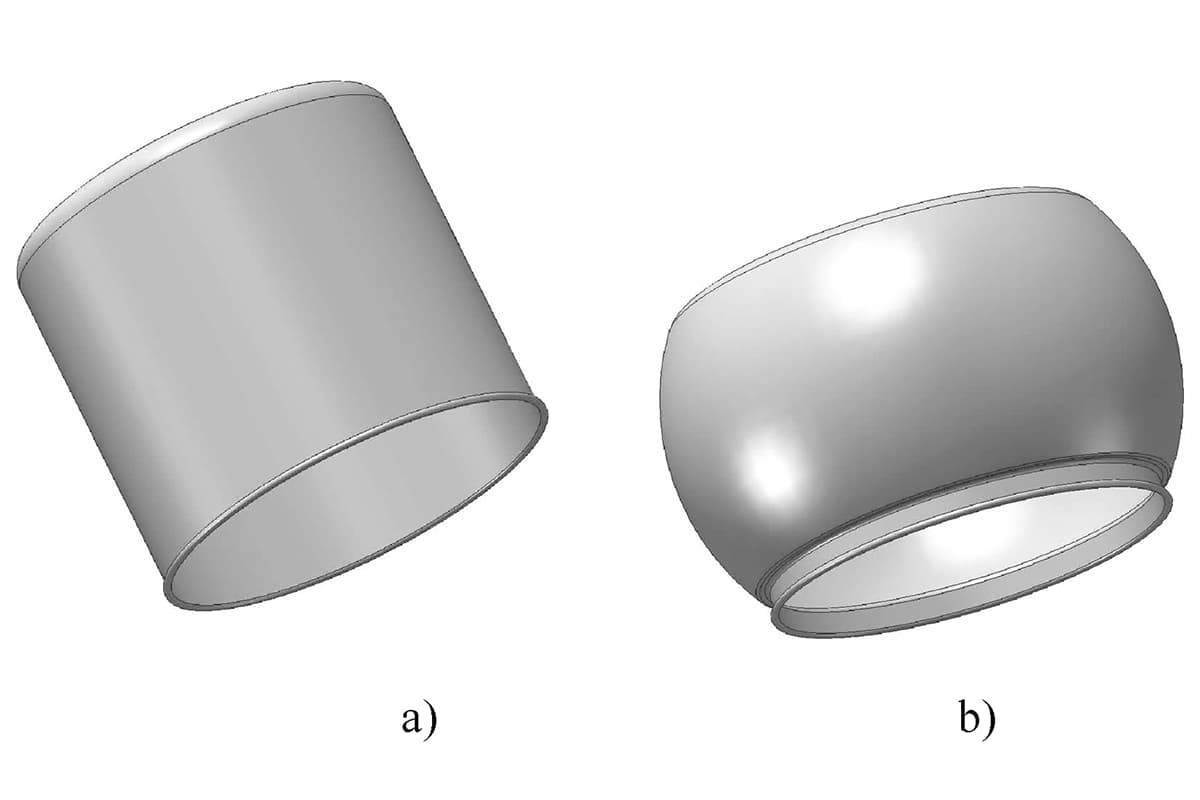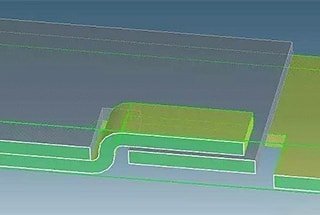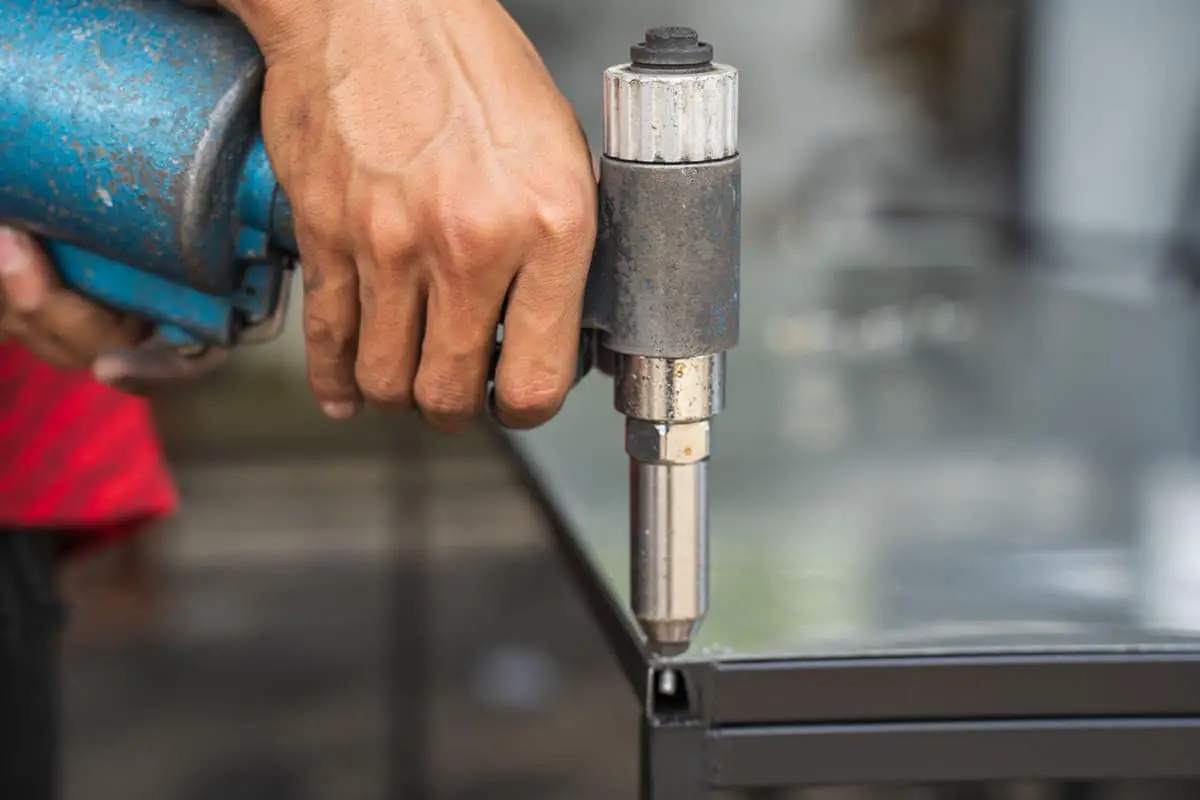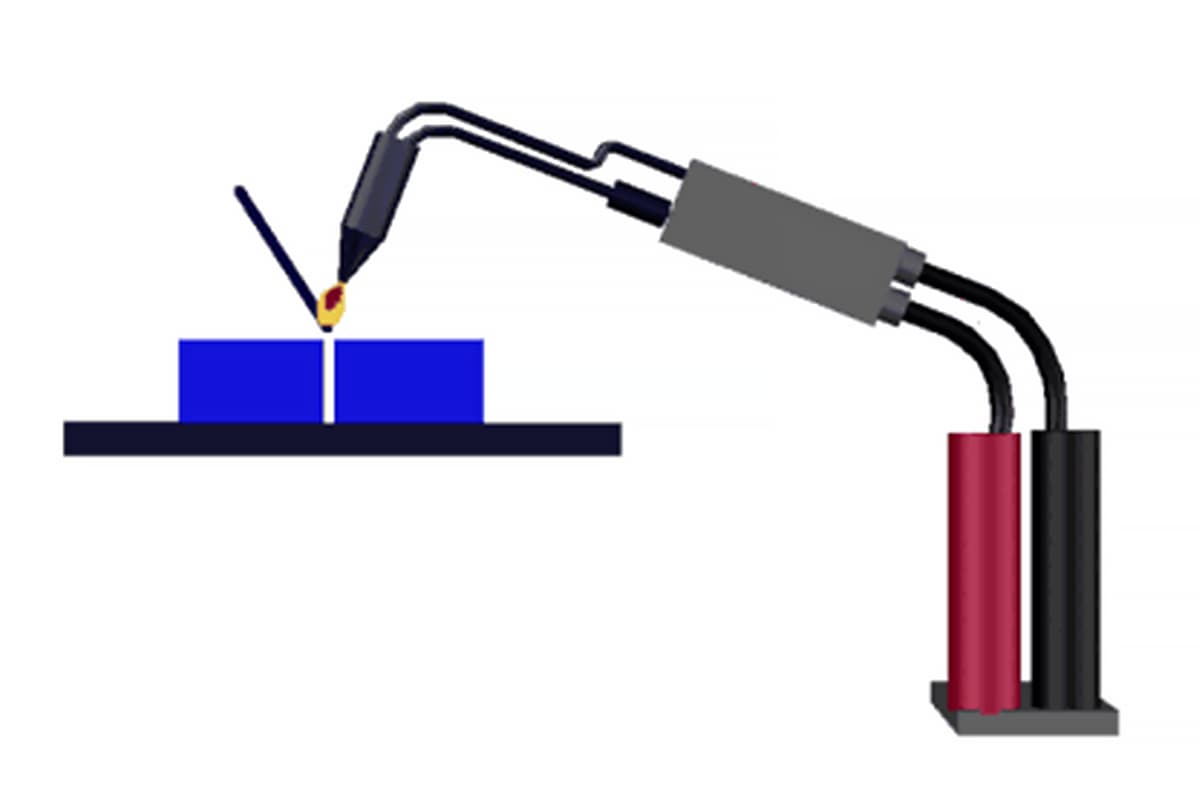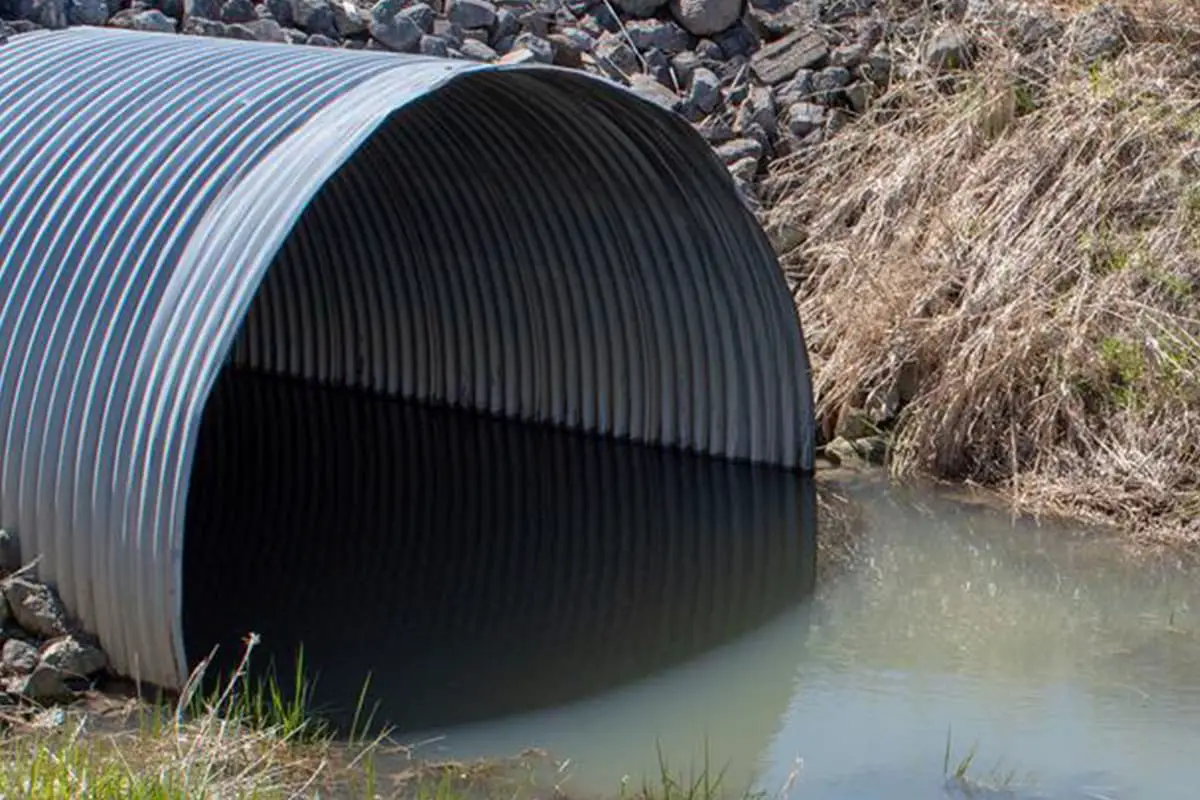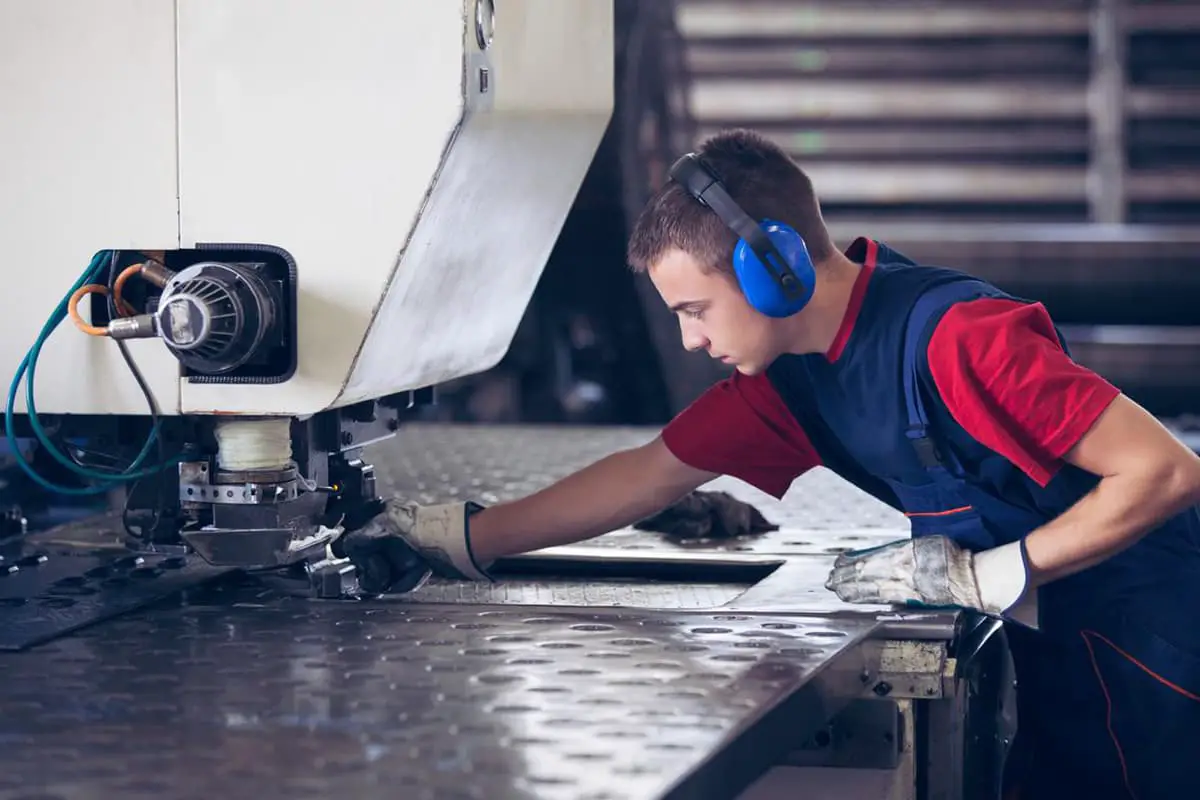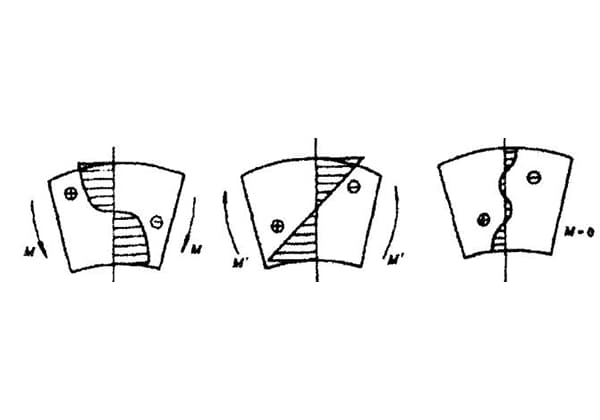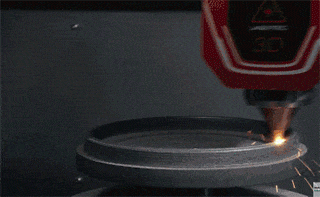
This article explores the fascinating world of sheet metal fabrication, covering stainless steel, aluminum, and more. You’ll learn how these materials are chosen and why they’re essential for everything from household appliances to industrial machinery. Get ready to uncover the secrets behind their strength and versatility!
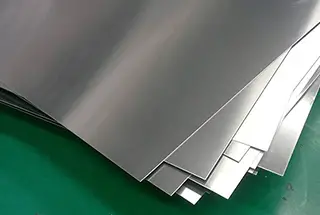
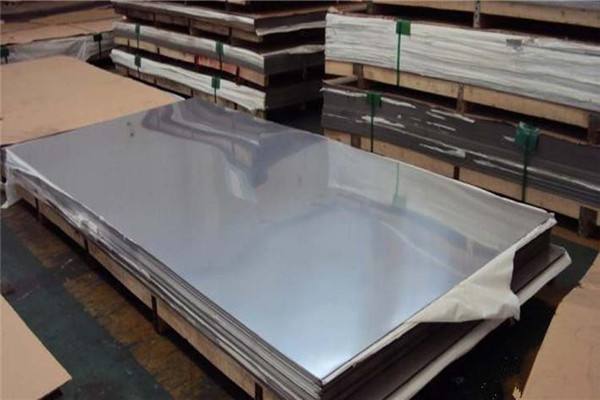
Code: SUS, Stainless Steel
Common Codes:
Tensile Strength: Above 53 kgf/mm².
Material Thickness: Ranges from 0.1 to 10.0mm. Materials thicker than 10.0mm are difficult to obtain.
Material Width: The maximum width is 5 feet (1524mm), but 4 feet (1219mm or 1250mm) is more commonly used. Any width smaller than 1524mm can be cut to size.
Material Length: Can be cut to any desired size. Typically 8 feet (2438mm or 2500mm).
The surface can be divided into different finishes such as matte, bright, mirror, and wire-drawn. PVC protective film is often applied to protect the surface.
Specific Gravity: 7.95.
Weight Calculation: Length (m) x Width (m) x Thickness (mm) x Specific Gravity = kg
Example:
Another example:
Notes:

Code: SPCC, CRS (SPCD: Cold Plate for Drawing, SPCE: Cold Plate for Deep Drawing)
Hardness: HRB, 1/2H = 74 to 89, 1/4H = 65 to 80, 1/8H = 50 to 71, H = above 89
Tensile Strength: Above 28 kgf/mm.
Material Thickness: Ranges from 0.25 to 3.2mm. Thicknesses above 3.2mm must be custom-made.
Material Width: The maximum width is 5 feet (1524mm), but 4 feet (1219mm or 1250mm) is more commonly used. Any width smaller than 1524mm can be cut to size.
Material Length: Can be cut to any desired size. Typically 8 feet (2438mm or 2500mm).
Material Properties:
Specific Gravity: 7.85.
Weight Calculation: Length (m) x Width (m) x Thickness (mm) x Specific Gravity = kg.
Example:
Another example:
Notes:

Code: AL, A1100P, A5052H32P, AL6061T6
Common Models: A1100P-O (O represents a soft material without hardness), A1050P, A5052H32P, AL6061T6, AL6063T5.
Material Width: The maximum width is 5 feet (1524mm), but 4 feet (1219mm or 1250mm) is more commonly used. Any width smaller than 1524mm can be cut to size.
Material Length: Can be cut to any desired size. Typically 8 feet (2438mm or 2500mm).
Material Properties:
Specific Gravity: 2.75.
Weight Calculation: Length (m) x Width (m) x Thickness (mm) x Specific Gravity = kg.
Example:
Another example:
Notes:

Code: SPGC
Hardness: HRB, 1/2H = 74 to 89, 1/4H = 65 to 80, 1/8H = 50 to 71, H = above 89.
Tensile Strength: Above 40-55 kgf/mm².
Material Thickness: 0.4 to 3.2 mm. Materials thicker than 3.2 mm are difficult to find and are usually replaced by galvanized white zinc.
Material Width: The maximum width is 5′ (1524 mm), typically 4′ (1219 mm or 1250 mm), and any size smaller than 1524 mm can be cut to size.
Material Length: Any size can be cut to size. Typically 8′ (2438 mm or 2500 mm).
Material Properties:
Specific Gravity: 8.25
Weight Calculation: Length (m) x Width (m) x Thickness (mm) x Specific Gravity = kg.
Example:
SPGC 2.0 x 1220 x 2440 Weight: 2.0 x 1.22 x 2.44 x 8.25 = 49.1 kg.
Another Example:
SPGC 1.0 x 1000 x 2000 Weight: 1 x 1 x 2 x 8.25 = 16.5 kg.
Note:

Code: SPHC, HRS
Hardness: HRB, 1/2H = 74 to 89, 1/4H = 65 to 80, 1/8H = 50 to 71, H = above 89.
Tensile Strength: 41 to 52 kgf/mm² or above.
Material Thickness: 1.4 to 6.0 mm. Materials thicker than 6 mm are coded as SS41.
Material Width: The maximum width is 5′ (1524 mm), typically 4′ (1219 mm or 1250 mm), and any size smaller than 1524 mm can be cut to size.
Material Length: Any size can be cut to size. Typically 8′ (2438 mm or 2500 mm).
Material Properties:
Specific Gravity: 7.85
Weight Calculation: Length (m) x Width (m) x Thickness (mm) x Specific Gravity = kg.
Example:
SPHC 2.0 x 1220 x 2440 Weight: 2.0 x 1.22 x 2.44 x 7.85 = 46.74 kg.
Another Example:
SPHC 1.0 x 1000 x 2000 Weight: 1 x 1 x 2 x 7.85 = 15.7 kg.
Note:
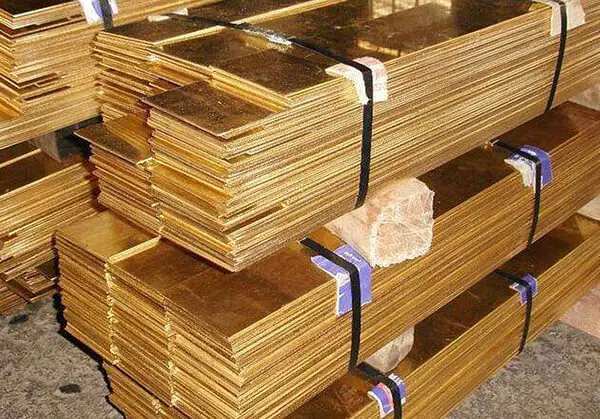
Code: C1020, C1100, C2100, 2200, 2300, 2400 (red copper) and Brass above C2600.
Common Models: C1020P-O (O represents soft material without hardness), C1020P-1/2H (Vickers hardness HV75 to 120), 1/4H (Vickers hardness HV60 to 100), H (Vickers hardness HV above 80).
Tensile Strength: O material = more than 20 kgf/mm², 1/4H material = 22 to 28 kgf/mm², 1/2H material = 25 to 32 kgf/mm², H material = 28 kgf/mm² or more.
Material Thickness: Above 0.3 mm.
Material Width: Typically 2′ (610 mm), and customization is necessary for widths exceeding this.
Material Length: Typically 5′ (1524 mm).
Material Properties:
Specific Gravity: 8.9
Weight Calculation: Length (m) x Width (m) x Thickness (mm) x Specific Gravity = kg.
Example:
C1020P 1/4H 2.0 x 600 x 1500 weight: 2.0 x 0.6 x 1.5 x 8.9 = 16 kg.
Another Example: C1020P 1/2H 1.0 x 1000 x 1000 weight: 1 x 1 x 8.9 = 8.9 kg.
Note:
Cold Rolled Ordinary Steel Sheet, also known as ordinary carbon structural steel cold rolled sheet or simply “cold plate,” is a steel sheet with a thickness less than 4mm made from hot rolled ordinary carbon structural steel.
It is produced through a process of further cold rolling at room temperature, which eliminates the formation of an oxide skin on the surface and results in good surface quality and high dimensional accuracy. When subjected to annealing treatment, the sheet exhibits superior mechanical and technological properties.
Cold Rolled Ordinary Steel Sheet is the most widely used metal material in sheet metal fabrication. It is available under various brands such as GB (Q195, Q215, Q235, Q275) and Japanese JIS (SPCC, SPCD, SPCE).
Continuous Electro Galvanized Steel Sheet, also known as electrolytic plate, is a type of steel sheet that undergoes a process of electro-galvanization. During this process, a layer of zinc coating is deposited on the surface of the prepared cold plate under the influence of an electric field. This layer of zinc provides excellent corrosion resistance to the steel sheet.
This type of steel sheet is graded under various standards such as GB (DX1, DX2, DX3, DX4) and JIS (SECC, SECD, SECE).
Continuously Hot-Dip Galvanized Steel Sheet, also known as galvanized sheet or white iron sheet, features a visually appealing surface with block or leaf-shaped crystal patterns, a durable coating, and exceptional resistance to atmospheric corrosion.
In addition to its aesthetic qualities, this type of steel sheet also boasts good welding and cold-forming capabilities. Its coating is thicker compared to that of regular galvanized sheets, making it ideal for use in sheet metal parts that require enhanced corrosion resistance.
This type of steel sheet is graded under various standards such as GB (Zn100-PT, Zn200-SC, Zn275-JY) and Japanese JIS (SGCC, SGCD1, SGCD2, SGCD3).
Stainless steel is a type of steel that offers resistance against weak corrosive media such as air, steam, water, and chemical etching agents like acid, alkali, and salt. In practical applications, steel that is resistant to weak corrosive media is often referred to as “stainless steel,” while steel that is resistant to chemical agents is referred to as “acid-resistant steel.”
Stainless steel can be further divided into:
It’s important to note that while the strength of stainless steel is relatively high, the wear on numerical control punches is relatively large, making it generally unsuitable for numerical punching.
Grades:
There are many types of stainless steel, but a commonly used austenitic stainless steel (1Cr18Ni9Ti) with the Japanese standard JIS (SUS) is frequently used in sheet metal processing.
Aluminum is a silver-white light metal with good thermal conductivity, electrical conductivity, and ductility. However, pure aluminum has low strength and cannot be used as a structural material.
Sheet metal processing typically uses aluminum alloy plates. Based on the content of alloying elements, aluminum plates can be divided into eight series, including 1000 series, 2000 series, 3000 series, 5000 series, 6000 series, 7000 series, and 8000 series. Of these, the 2000 series (copper-aluminum alloy), 3000 series (manganese-aluminum alloy), and 5000 series (magnesium-aluminum alloy) are the most commonly used.
The 2000 series, also known as duralumin, is characterized by high hardness and is commonly used for various medium-strength parts and components. The 3000 series, also referred to as rust-proof aluminum, has good rust resistance due to its manganese content. The 5000 series, a magnesium-aluminum alloy, is known for its low density, high tensile strength, and high elongation. In a given area, aluminum-magnesium alloys are lighter than other series.
Common brands of aluminum alloys include 3A21 (formerly known as LF21), 5A02 (formerly known as LF2), and 2A06 (formerly known as LY6).
Red copper, also known as pure copper, is a material that boasts an attractive purple color and excellent conductivity, thermal conductivity, ductility, and resistance to corrosion. However, its high cost limits its widespread use, primarily as a conductor and thermal conductor.
Red copper is most commonly utilized in components that require the transfer of high current in power supply systems. Despite its good conductive properties, it is not suitable for use as a structural component due to its low strength.
The grade of red copper is classified as T1, T2, or T3.
Brass is a type of copper-zinc alloy that offers high strength and good workability in both cold and hot conditions. Despite its tendency to corrode and crack, brass is relatively inexpensive and widely used in various applications.
The grade of brass is categorized as H59, H62, or H70.

